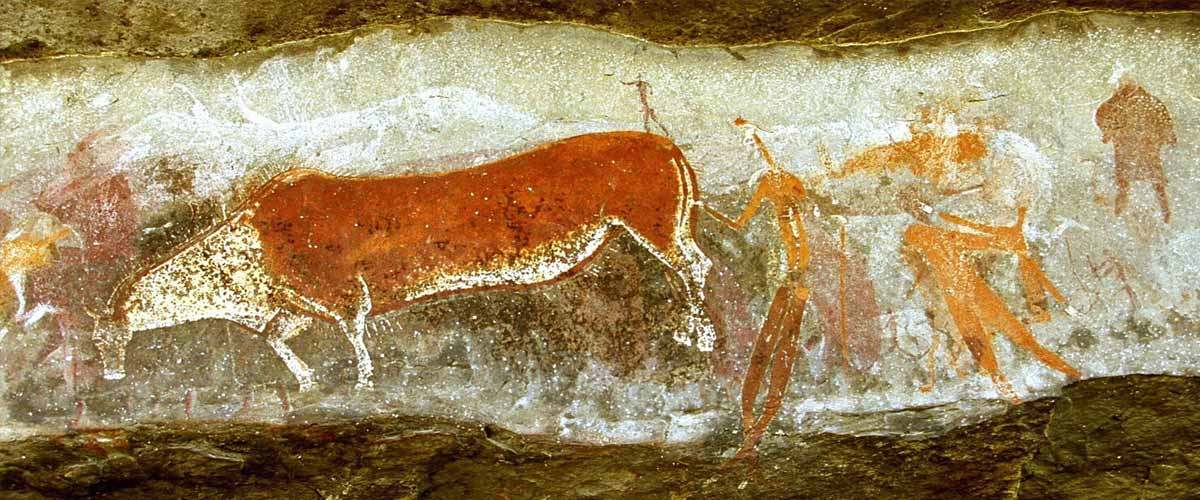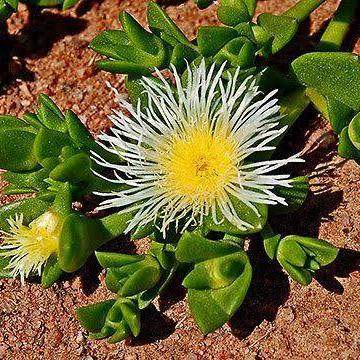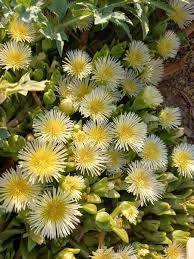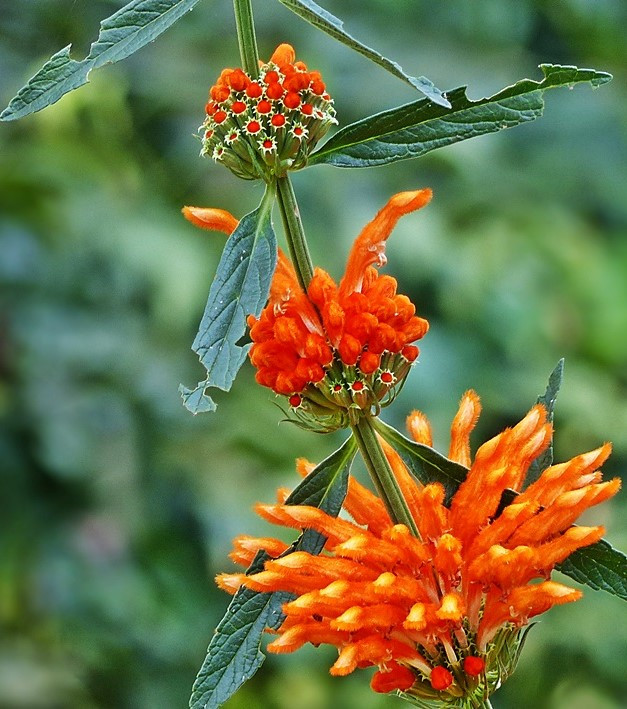
Botanicals & History


The History of Kanna
The use of Kanna (Sceletium tortuosum) dates back to ancient times, with the San and Khoikhoi of Southern Africa being its earliest known users. These indigenous groups, collectively called the Khoisan, recognized Kanna’s medicinal and spiritual significance, using it for mood enhancement, pain relief, and rituals.
The word "Kanna" also refers to the revered Eland antelope, a sacred trance animal in San rock art and traditions, highlighting the plant’s deep cultural ties.
Colonial records from the 17th century describe Khoisan people chewing and trading Kanna, valuing it as highly as betel nut or ginseng. Early European botanists documented its use for relaxation, hunger suppression, and even as a sleep aid for children.
Scientific studies of Kanna’s alkaloids began in the late 19th century, leading to modern research confirming its effects on mood, stress, and cognitive function. Today, Kanna is gaining global recognition, with sustainable cultivation efforts ensuring its availability while honoring its rich heritage.
Phytology (Botany & Health Benefits)
Kanna (Sceletium tortuosum) is a succulent plant native to South Africa, primarily found in the arid regions of Namaqualand, Kannaland, and other parts of the Western, Eastern, and Northern Cape. It thrives in dry, rocky areas, often growing under shrubs for shade. Adapted to extreme conditions, Kanna conserves water through its thick, fleshy leaves and survives in rainfall as low as 100mm per year.
For centuries, indigenous Khoisan communities have used Kanna for its powerful mood-enhancing and stress-relieving properties. It acts as a natural antidepressant, anxiolytic, and cognitive enhancer, promoting emotional balance, deep relaxation, and mental clarity. Unlike conventional SSRIs, Kanna functions as a Serotonin Releasing Agent (SRA), offering effective relief from anxiety, depression, social phobia, and stress without harsh side effects. It also supports addiction recovery, sleep quality, and physical endurance, making it useful for athletes and those seeking enhanced focus and resilience.
Additionally, Kanna has pro-sexual and intimacy-enhancing effects, encouraging emotional openness and deeper connection. Its neuroprotective properties further support brain health, while its historical use in yoga, meditation, and social settings highlights its ability to enhance well-being and human connection.
Botanical Characteristics
Kanna (Sceletium tortuosum) is a succulent plant native to South Africa, belonging to the Aizoaceae (Ice Plant) family. It thrives in arid and semi-arid regions, particularly in the Karoo, Namaqualand, and Western Cape.
Feature Kanna (Sceletium tortuosum)
Growth Habit Low-growing, creeping succulent
Leaves Thick, fleshy, green with a smooth surface
Flowers Small, daisy-like flowers (white, yellow, or pink)
Native Range South Africa (Karoo, Namaqualand, Western Cape)
Active Compounds Alkaloids (mesembrine, mesembrenone, delta 7, mesembrenol, tortuosamine)
Health Benefits
Kanna has been used for centuries by indigenous Khoisan tribes as a mood enhancer, stress reliever, and cognitive booster. Its primary effects come from alkaloids that interact with the serotonin system, providing both therapeutic and mild psychoactive benefits.
- Mood Enhancement & Anti-Depressant – Kanna acts as a natural serotonin reuptake inhibitor (SRI), promoting feelings of well-being and reducing depression and anxiety.
- Stress & Anxiety Reduction – Traditionally chewed or used as a tea to induce relaxation and reduce nervous tension.
- Cognitive Benefits – Enhances mental clarity, focus, and motivation, making it useful for cognitive support.
- Social & Emotional Well-being – Reported to increase sociability, reduce shyness, and promote emotional balance.
- Pain Relief & Anti-Inflammatory – Historically used for headaches, toothaches, and mild pain relief.
- Adaptogenic Properties – Supports the body’s ability to cope with stress, helping to balance mood over time.




History of Wild Dagga & Klip Dagga
Both Klip Dagga (Leonotis nepetifolia) and Wild Dagga (Leonotis leonurus) belong to the Lamiaceae (mint) family and have a rich history of traditional use, particularly in Africa and the Americas.
Wild Dagga (Leonotis leonurus)
Native to South Africa, Wild Dagga has long been used by the San, Khoi, and Zulu people for its medicinal and psychoactive properties.
The Zulu call it “Umfincafincane” and have traditionally used it to treat snake bites, wounds, fevers, and respiratory ailments.
Early Dutch settlers in South Africa observed the mild psychoactive effects when smoked, leading to the nickname "wild cannabis" (though it is unrelated to cannabis).
It was used in traditional African medicine as a calming and pain-relieving herb, particularly for treating muscle cramps, colds, and headaches.
Klip Dagga (Leonotis nepetifolia)
Klip Dagga is believed to have originated in tropical Africa but is now widely found in the Caribbean, Central and South America, India, and Southeast Asia.
Indigenous communities in the Amazon and Caribbean have used it in traditional medicine for fevers, skin infections, and as a diuretic.
In the Caribbean, Rastafarians have used Klip Dagga as a cannabis alternative, incorporating it into spiritual and medicinal practices.
In India, it is part of Ayurvedic medicine, where it is used for blood purification, detoxification, and calming the nervous system.
Phytology (Botany & Health Benefits)
Botanical Differences
Although they belong to the same Leonotis genus and share some medicinal uses, Wild Dagga and Klip Dagga differ in their appearance, habitat, and chemical properties.
Feature Wild Dagga (Leonotis leonurus) Klip Dagga (Leonotis nepetifolia)
Growth Habit Perennial shrub (up to 2m tall) Annual herbaceous plant (up to 3m tall)
Leaves Narrow, lance-shaped Broad, heart-shaped
Flowers Bright orange, tubular flowers in whorls More rounded, slightly larger orange to red flowers
Native Range South Africa Tropical Africa, Caribbean, India
Psychoactive Compounds Contains leonurine Higher leonurine content, stronger effects
(mildly calming, euphoria-inducing)
Health Benefits
Both plants contain leonurine, a compound known for its calming, cardioprotective, and mild psychoactive properties.
Shared Benefits of Klip Dagga & Wild Dagga
- Sedative & Relaxant – Helps reduce stress, anxiety, and restlessness.
- Pain Relief – Used for headaches, menstrual cramps, and muscle pain.
- Anti-inflammatory – Traditionally used for arthritis and joint pain.
- Respiratory Health – Treats colds, coughs, and asthma-like symptoms.
- Antimicrobial – Effective against minor infections and skin conditions.
-
Blood Circulation – Supports heart health and may lower blood pressure.
Unique Benefits
Wild Dagga – More commonly used for snake bites, wound healing, and mild euphoria.
Klip Dagga – Higher diuretic and detoxifying properties, often used for kidney and liver health.
Usage
Tea/Infusions – Used traditionally for relaxation, fevers, and inflammation.
Smoking – Both are used as cannabis alternatives, with Klip Dagga having a slightly stronger psychoactive effect.
Poultices & Tinctures – Applied to cuts, burns, and skin infections for antimicrobial benefits.



